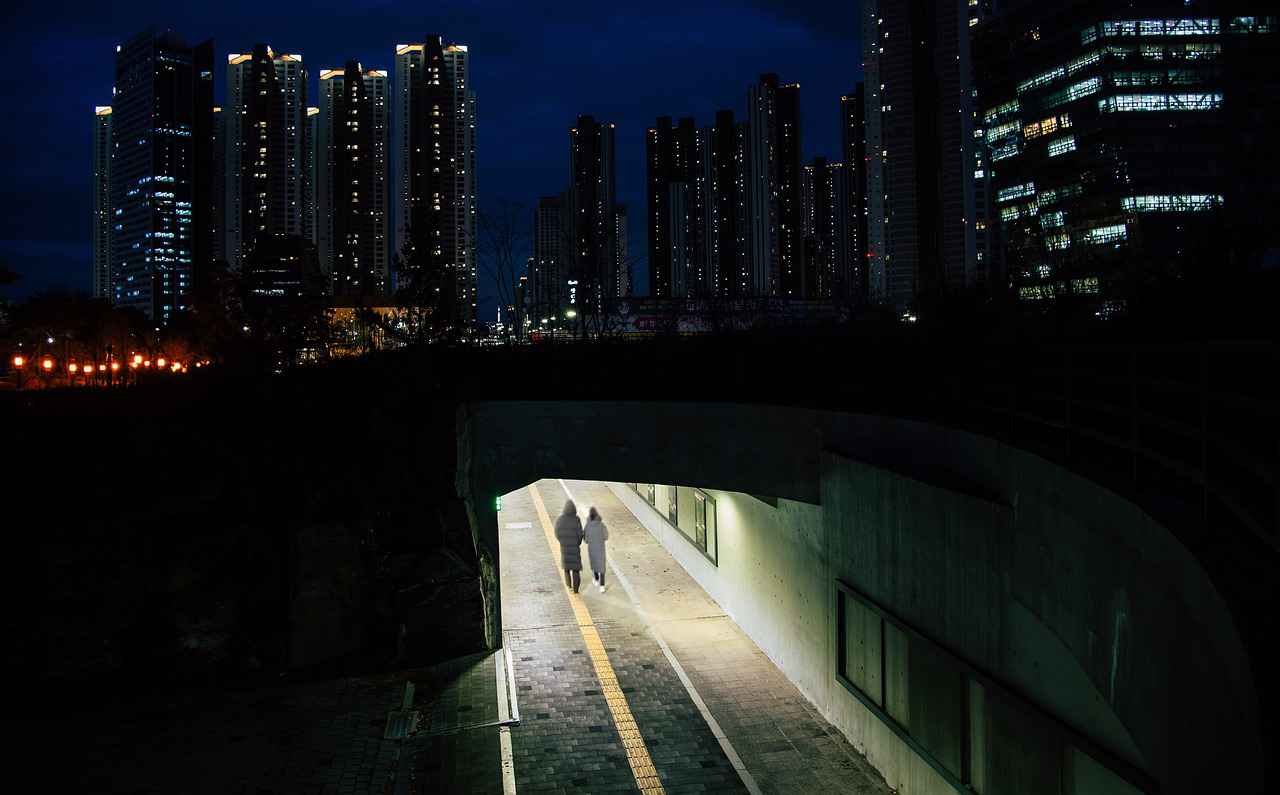During a stopover in Seoul, Korea, on my way to a wedding in Kuala Lumpur, I decided to explore the region, including the Demilitarized Zone (DMZ). Located just 35 miles from Seoul, the DMZ serves as a stark contrast as one of the most militarized borders in the world, despite its name suggesting otherwise. Established on July 27, 1953, this 2.5-mile-wide area acts as a buffer between North and South Korea, with the Military Demarcation Line running right through its center.
The creation of the DMZ dates back to the Japanese occupation of Korea from 1910 until the end of World War II. Post-war, the Soviet Union and the United States divided Korea at the 38th parallel into North and South respectively, setting the stage for the Korean War which resulted in over three million casualties. The war saw the North, supported by the Soviets and Chinese with communist ideologies, and the South, supported by Americans with democratic principles, vying for control over the peninsula.
The DMZ isn’t just a reminder of military tensions; it symbolizes a deep-seated hope among South Koreans for peaceful reunification with the North. Despite the threats from North Korea over the years, the predominant sentiment in the South is not hatred but sympathy for their northern neighbors, recognizing that their roles could have easily been reversed.
Before the division, Koreans could freely cross the 38th parallel to visit relatives. Now, families remain separated for decades due to travel restrictions across the border. This separation was poignantly highlighted in 1998 when Chung Ju-yung, the founder of Hyundai, returned to his homeland in North Korea with 50 trucks of cattle as a peace gesture, hoping to pave the way for reconciliation.
The DMZ is also home to a fascinating, if unsettling, network of invasion tunnels, discovered between 1974 and 1990. These tunnels, deep enough to house 2,000 soldiers per hour, were intended for surprise attacks on Seoul. The existence of these tunnels, some as deep as 476 feet, reveals a relentless pursuit of tactical advantage despite the ongoing peace efforts.
Life in North Korea, as depicted through various documentaries and accounts, contrasts sharply with that in the South. Governed by a regime that stifles innovation and controls information, North Koreans are largely unaware of life beyond their borders, which some argue could be a twisted form of bliss. However, the lack of freedom and progress speaks volumes about the hardships they endure under such a regime.
Despite the grim history and ongoing challenges, the DMZ stands as a testament to the complex relationship between the North and South, serving as a constant reminder of the past conflicts and a beacon of hope for future reconciliation. It is a place that not only marks the physical divide but also underscores the longing for unity among the Korean people.











































